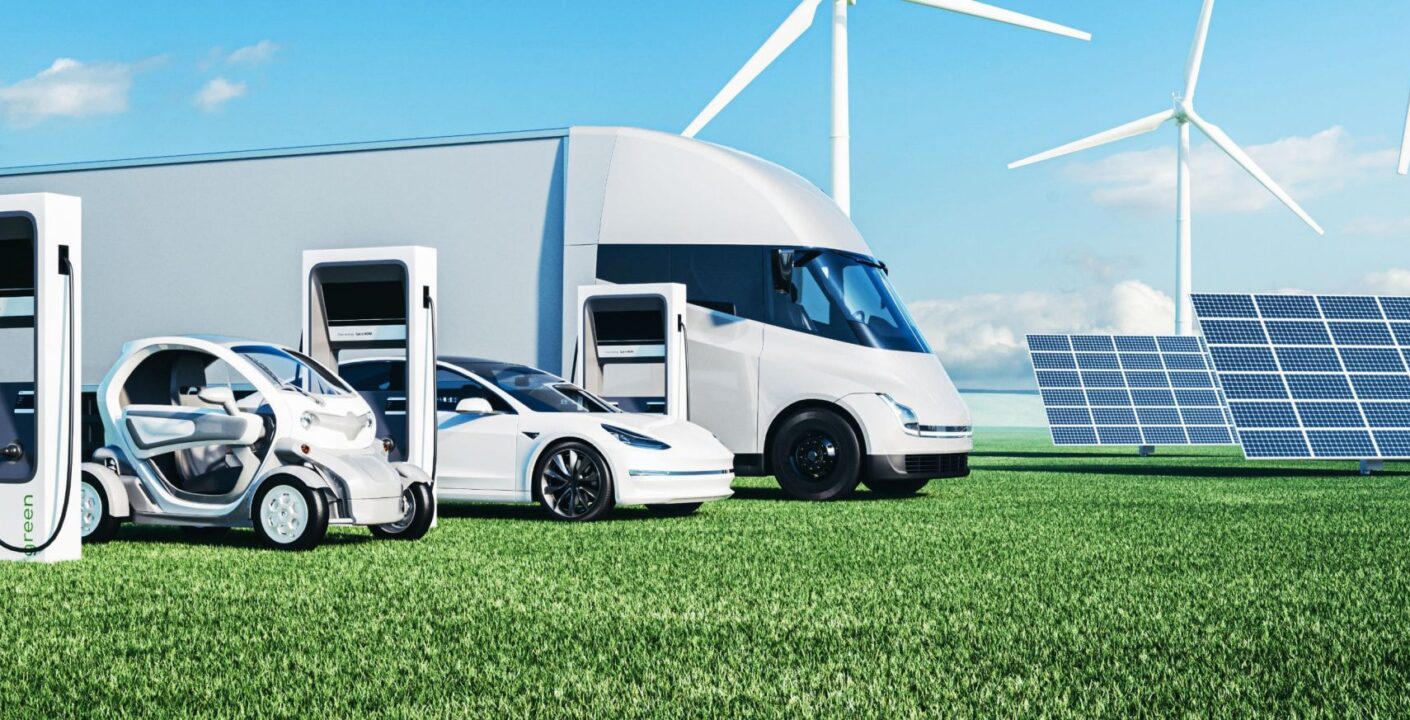China’s new energy industry stands as a beacon of innovation and sustainability in the global energy landscape. Boasting unparalleled advancements in renewable technologies, vast investments, and government support, China has cemented its position as a global leader in the transition to clean energy. Let’s dive deep into the strengths and opportunities of this burgeoning sector.
China’s new energy industry plays a pivotal role in combating climate change and achieving energy security. With the nation’s commitment to carbon neutrality by 2060, the rapid growth of renewable energy sources like solar, wind, and hydropower has become a cornerstone of its strategy.
This article explores the key advantages of China’s new energy sector, highlighting the technological breakthroughs, policy frameworks, and global impact driving this transformation. From harnessing natural resources to fostering international collaborations, China’s role in the renewable revolution is unmatched.
Strategic Advantages of China’s New Energy Industry
A Robust Policy Framework for Renewable Energy
The Chinese government has enacted comprehensive policies to drive the expansion of renewable energy. Initiatives like the “Dual Carbon” goals and Five-Year Plans prioritize clean energy adoption, offering subsidies, tax incentives, and feed-in tariffs. These policies create a supportive environment for businesses and researchers to innovate.
For instance, the National Energy Administration (NEA) oversees large-scale solar and wind projects, ensuring that they align with sustainability goals.
World-Leading Investment in Renewables
China is the world’s largest investor in renewable energy. In 2022 alone, the nation allocated over $546 billion to clean energy projects, outpacing all other countries combined. This financial commitment accelerates the deployment of cutting-edge technologies like battery storage, smart grids, and offshore wind farms.
Advanced Manufacturing Capabilities
China dominates the global supply chain for renewable technologies. As the top producer of photovoltaic (PV) panels and wind turbines, it delivers high-quality, cost-effective solutions. By leveraging economies of scale, Chinese manufacturers have significantly reduced the cost of solar panels, making renewable energy more accessible worldwide.
Abundant Natural Resources
Geographical diversity equips China with a vast array of renewable energy resources:
- Solar Power: The sun-drenched provinces of Xinjiang and Inner Mongolia lead in solar farm installations.
- Wind Power: Coastal areas and northern regions have harnessed consistent wind flows for onshore and offshore turbines.
- Hydropower: Projects like the Three Gorges Dam underscore China’s dominance in hydropower capacity.
Technological Innovation in Energy Storage
China leads in the development of energy storage technologies, particularly lithium-ion batteries. Companies like CATL and BYD are global pioneers, enabling efficient energy storage solutions crucial for grid stability and electric vehicles (EVs).
Additionally, advancements in hydrogen fuel cell technology and pumped hydro storage strengthen China’s energy portfolio.
Global Leadership in Electric Vehicles
China’s EV industry is flourishing, with brands like NIO, BYD, and XPeng gaining international recognition. By fostering EV adoption through subsidies, charging infrastructure, and R&D, China now accounts for more than 50% of global EV sales.
Exporting Renewable Expertise
China exports renewable energy equipment and expertise to countries worldwide. Through the Belt and Road Initiative (BRI), it promotes green energy collaborations, enabling developing nations to embrace sustainable solutions.
China’s New Energy Industry: Driving a Sustainable Future
China’s focus on green energy aligns with global sustainability goals, reducing carbon emissions while ensuring economic growth. Innovations in carbon capture, utilization, and storage (CCUS) further enhance its commitment to addressing climate change.
By integrating renewable energy into urban planning and industrial sectors, China showcases a holistic approach to clean energy.
Key Statistics on China’s New Energy Growth
| Sector | Achievements |
|---|---|
| Solar Energy | 400 GW installed capacity (2023) |
| Wind Energy | 300 GW installed capacity (2023) |
| Electric Vehicles | 6 million units sold annually |
| Energy Investments | $546 billion in renewable energy (2022) |
Why the World Looks to China for Energy Solutions
Collaborative Global Partnerships
China collaborates with global organizations, sharing technology and expertise to combat climate change collectively.
Education and Workforce Development
China’s universities and research institutes produce skilled engineers and scientists specializing in renewables, ensuring a steady talent pipeline.
FAQs
What are the main advantages of China’s new energy industry?
China excels in policy support, technological innovation, natural resource utilization, and global collaborations.
How does China contribute to global renewable energy efforts?
Through the Belt and Road Initiative and expertise exports, China aids other nations in adopting sustainable energy solutions.
Why is China a leader in electric vehicles?
Comprehensive subsidies, infrastructure, and innovation make China the top market for EV development and adoption.
What role does innovation play in China’s new energy growth?
Innovation drives advancements in solar, wind, battery storage, and hydrogen technologies, solidifying China’s leadership.
How does China’s new energy sector benefit the global economy?
It reduces renewable energy costs, accelerates sustainability goals, and fosters international collaboration.
What challenges does China face in the renewable energy sector?
Grid integration, energy storage scalability, and geopolitical concerns are key challenges to address.
Conclusion
China’s new energy industry is a testament to the nation’s commitment to a sustainable future. By harnessing technology, policy, and global collaboration, it has set a benchmark for the renewable energy sector. As the world transitions to clean energy, China’s leadership will undoubtedly play a crucial role in shaping a greener planet.
Author Profile
Latest entries
 Knowledge2025-01-08Perovskite Solar Cells: A Revolutionary Technology for the Future of Solar Energy
Knowledge2025-01-08Perovskite Solar Cells: A Revolutionary Technology for the Future of Solar Energy Knowledge2025-01-08The Moore’s Law of Solar Power: How Economies of Scale Drive Solar Energy Costs Down
Knowledge2025-01-08The Moore’s Law of Solar Power: How Economies of Scale Drive Solar Energy Costs Down Event2025-01-062025 World Battery & Energy Storage Industry Expo (WBE) – Join the Global Energy Revolution
Event2025-01-062025 World Battery & Energy Storage Industry Expo (WBE) – Join the Global Energy Revolution News2025-01-05Saudi Arabia’s Trillion Push for Clean Energy: China’s Role in the Transformation
News2025-01-05Saudi Arabia’s Trillion Push for Clean Energy: China’s Role in the Transformation























